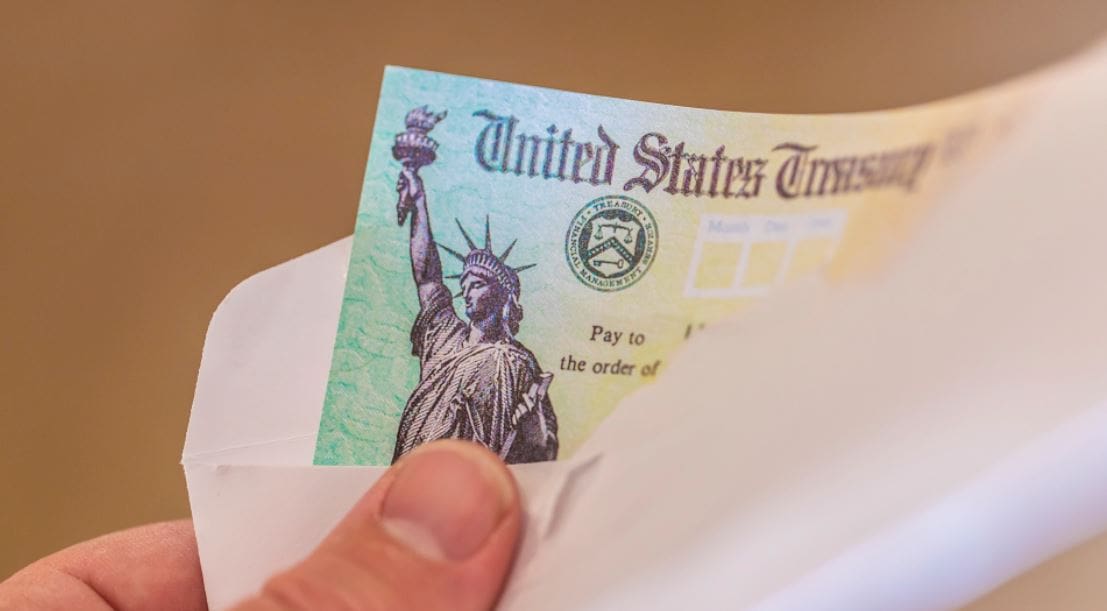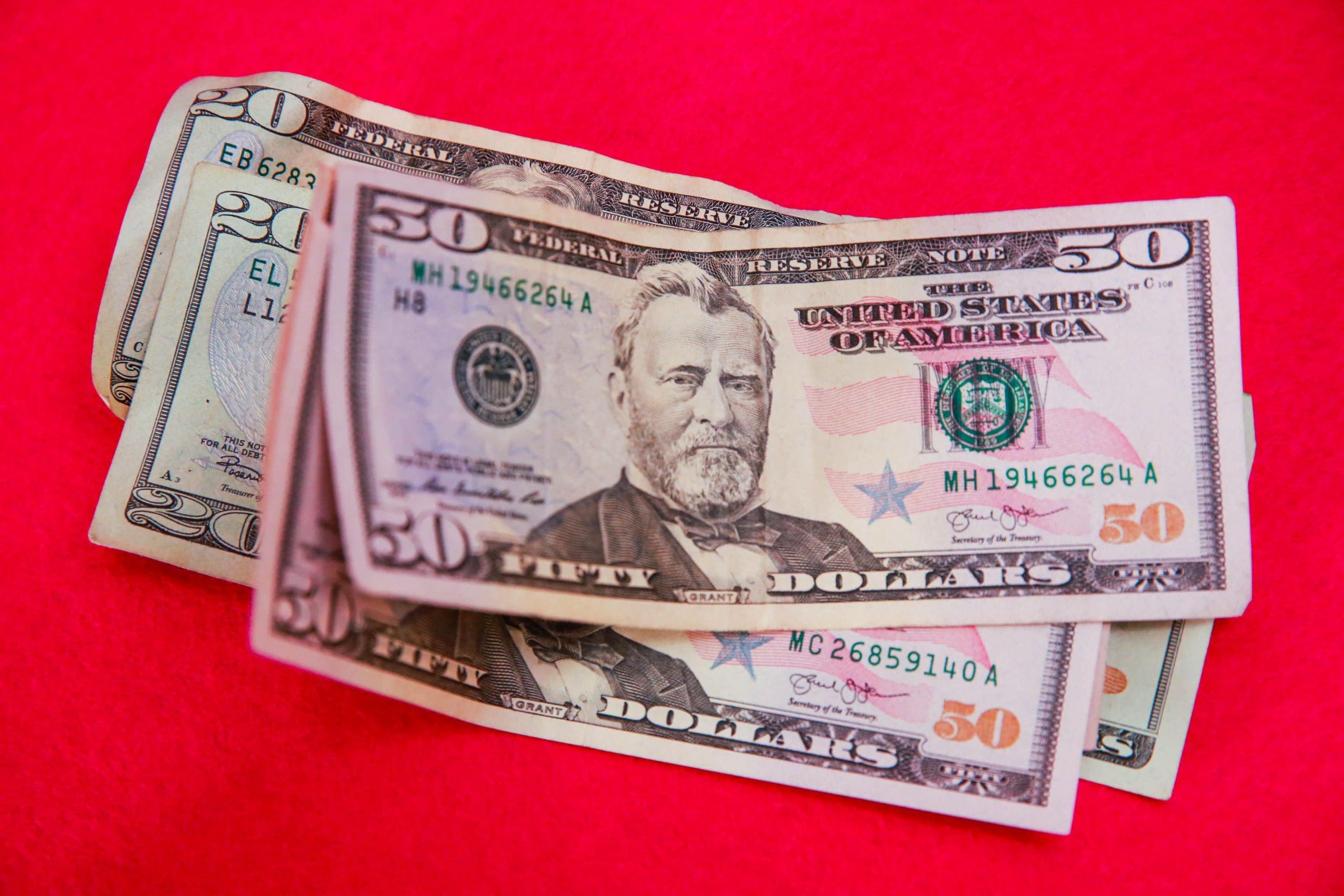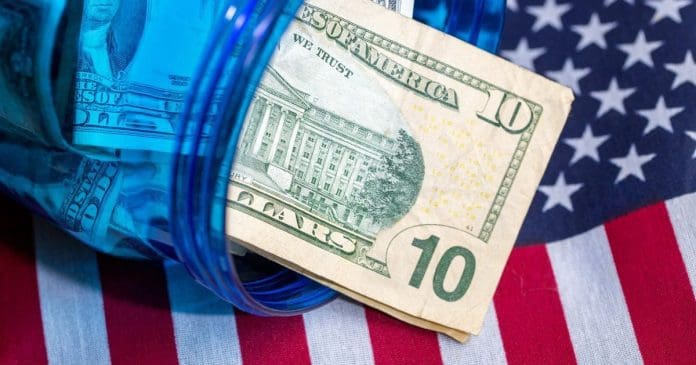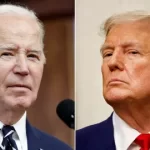The federal stimulus checks provided support to millions all through the pandemic and sustained the economy even as the world slipped into an inevitable recession. But the relief measures were suddenly withdrawn even as 2021 ended. It left millions in the lurch even as inflation was set to scale record highs. It set record prices for everything from foods, other essential commodities, gasoline, utilities, and home rent and mortgage rates.
American states moved in fast and provided various forms of relief measures that included, but were not limited to, stimulus check payments, rebates on income tax, and sales tax holidays for various essential goods for a certain period.
The states relied on funds from two sources as they provided inflation-linked support to residents. They relied on a healthy budget surplus as tax collection improved in the third and fourth quarters of 2021 riding on the back of a mini-economic boom witnessed by the US. the second was the direct support from the American Rescue Plan Act (ARPA) funds made available to state, local, and tribal governments.
This series of relief measures was widely linked to the rapid improvement in the economic situation following the infusion of ARPA funds into the economy. The Rescue Plan made provisions for much more than the stimulus check given to millions of individuals and families across America.
A substantial part of the funds went towards reviving and protecting businesses and supporting other organizations including educational institutions and the health infrastructure, especially the one linked to the fight against the pandemic. And a substantial part of the support went to the states, along with other local bodies like cities and tribal governments. This backup proved crucial even as other direct federal support measures included the extended weekly unemployment checks and the expanded Child Tax Credit stimulus check that ended in 2021.

The political deadlock in Washington ensured that no fresh measures were possible with the Republicans opposing any fresh relief measures. With the Senate split right down the middle, a couple of Democratic Senators with vested interests in coal and oil decided to take advantage of the virtual veto power and stalled any further moves by President Biden.
It effectively ended any efforts by him to extend the CTC stimulus check through 2025 and ended hopes of a fourth stimulus check.
Record Inflation Dictates Need For Further Stimulus Support
The inflation rate began creeping up around the time the third stimulus check was declared with the signing of the Rescue Plan in March 2021. It crossed the 8% mark in the first quarter of 2022 and reached 9.1% in June, the highest since November 1981.
Prices went through the roof as people struggled to survive with the real value of wages going down for the first time in decades. This happened even though pre-pandemic wages had seen a healthy growth of around 3.6%. But with inflation rates way above the 8% mark, it meant that people were getting much less value for money than in the pre-pandemic period.
States Move In To Protect Residents From Inflation
With no federal support forthcoming, states have relied on their budget surplus and the Rescue Plan funds to provide inflation relief stimulus checks for their residents. While the strong economic growth in the last two quarters of 2021 ensured that most states had a healthy budget surplus, the Rescue Plan funds were substantial and did not come with any restrictions on spending.
The states have also been prompted by the only rider that comes with the Rescue Plan fund allocation to states. The states are obligated to commit the funds by 2024 and ensure their expenditure by 2026. Any remaining funds will revert to the federal administration.
The support being contributed by states varies both in the amount and the way it is being provided. While many have gone for stimulus checks either directly to bank accounts or through paper checks through the US Postal Service, others have provided support in other forms. This includes income tax rebates, sales tax holidays on a particular product such as diesel or food items, and prepaid debit cards to cover the cost of gasoline and commutation.
California and Florida are among the latest to announce support measures. With this addition, the number of states has swelled to 21 and more states are contemplating monetary support measures to help out residents cope with rising inflation.
While the Republican Governor of Florida, Ron DeSantis has announced a limited stimulus check benefitting only around 59,000 families and individuals with a $450 stimulus check, California is giving out payments of up to $1,050 to around 23 million families, comprising 60% of the population of the Golden State.


Individuals with earnings below $75,000 will get a $350 stimulus check, and they are eligible to claim the same amount for a maximum of one dependent. For a married couple filing jointly and with earnings of $150,000 or below, the amount works out to $700 plus another $350 for one dependent. Thus, families and individuals in this earning bracket earn the maximum possible under the California middle-class stimulus check.
Florida on the other hand is giving the $450 stimulus check to foster parents, related and non-related caregivers, and people on welfare. Gov. DeSantis has been a strong opponent of the stimulus check but has fallen back on the Rescue Plan funds to send out the funds. He said that the money was being spent as it would otherwise revert to the federal administration if it remained unspent.
Analysts Remain Worried About Implication Of Further Stimulus On Prices Of Goods
The federal stimulus checks took part of the blame for the present inflation rate. But economists concur that the immediate flooding of money directly into the hands of citizens was the only way to prevent large-scale starvation, mortgage and loan default, homelessness, and even lawlessness.
The economy would also have been dealt a severe blow and the Rescue Plan saved the economy from a deep recession.
Despite the unprecedented and prolonged shutdown, the American economy was back on track within one single quarter. The brief recession was followed by an economic boom as people spent the extra money of around a trillion dollars on products instead of on goods.






